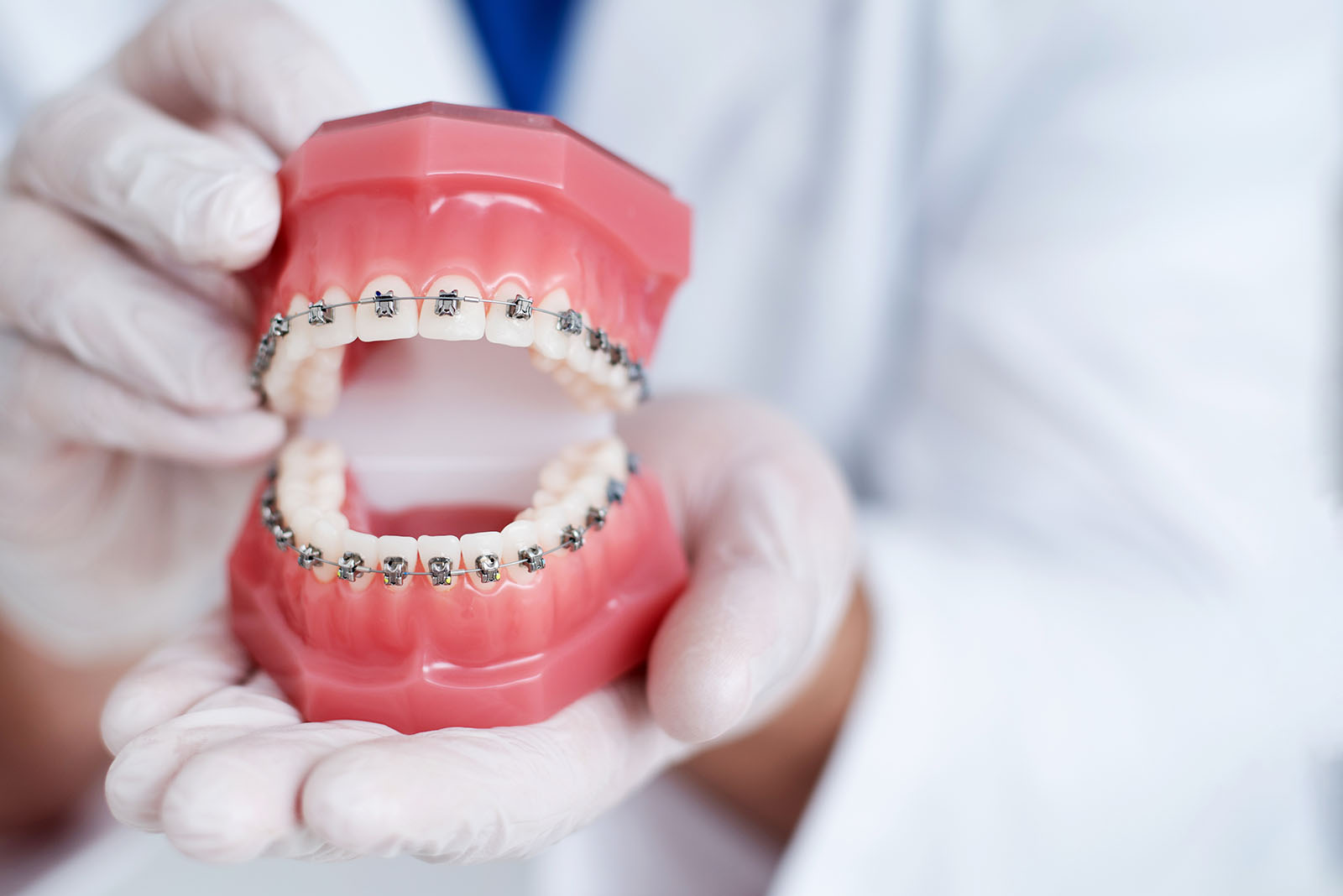Call Us Today!
(860) 354-6006
New Patients
(860) 248-2099

While I was reviewing topics for this article, I noticed that I have addressed early orthodontic treatments for young children, and orthodontic treatment for adults, but I have not yet addressed the most typical occasion for orthodontic treatment, treatment for teens and tweens.
A common question from many parents is at what age their child will be ready to begin classic adolescent orthodontic treatment. Some children may have been treated with an early, phase I intervention (such as expanders or bite plate retainers) and may be monitored by an orthodontist to determine when they are ready to begin their final phase of treatment. Some patients, who do not require phase I intervention, may be referred by their general dentist at the appropriate time. Any child, even without a referral from their dentist, is certainly welcome to be seen for orthodontic evaluation to ensure that they receive orthodontic treatment if necessary.
Most adolescent patients are ready to begin their final phase of comprehensive orthodontic treatment at age 11-13, after eruption of the second molars. Although all of the “baby” teeth may have been lost earlier, we generally wait to begin treatment until the twelve-year molars erupt, so that they can be straightened as well.
When adolescents are ready to begin their final phase of treatment, they usually have several options. Only five percent of the population have naturally “perfect” teeth and bites. The rest of us have many options to consider. Full fixed traditional braces are still considered the most ideal treatment option. Full braces may be strongly recommended for patients with significant bite discrepancies such as severe overlap of the upper front teeth over the lowers, severe crowding, underbites, and significant class II bites (upper front teeth too far forwards relative to the lowers).
There are many other options other than just full braces now. It is possible to use partial upper and lower braces, or one arch of braces (e.g. “just the tops” or “just the bottoms”). Invisalign offers a special type of treatment for adolescents, “Invisalign Teen” for full orthodontic cases. They also offer other, more limited products for less complicated cases, such as Invisalign Moderate (a more limited type of Invisalign that is shorter and also more affordable).
Even if parents and the orthodontist decide that the patient does not wish to pursue any active orthodontic treatment, passive nighttime retainers are still indicated. Teeth, like everything else, shift over time. Generally, our teeth look the best at age 13, and then shifting (crowding and spacing) increases with age. Although it is true that some people’s teeth shift very little, and some people’s teeth shift significantly, it is not possible to predict “who is who” until it is too late. So, retainers are recommended for all patients, for those who have completed orthodontic treatment and even those who have not, to decrease shifting and movement of the teeth over time.
So while the ideal time for the first orthodontic check-up is 7 years old, many adolescents are not ready to begin orthodontic treatment until age 11-13, after the 2nd molars erupt. All adolescents are welcome and encouraged to meet with the orthodontist to decide if active treatment is needed, or if their child requires retainers only. Meeting with an orthodontist does not require a referral from the child’s dentist, but is a welcome addition if available.
